Exploring Alpaca Behavior: Do These Sturdy Animals Really Migrate?
Ever wondered if alpacas are migratory animals? You’re not alone. It’s a question that’s sparked curiosity in many. As an experienced alpaca breeder, I’ve gained firsthand insights into their behaviors and patterns.
Alpacas, known for their soft wool and expressive faces, are native to the Andean Mountain range. They’re a domesticated species, bred for thousands of years by the locals. But do these fluffy creatures follow a migratory pattern like some of their wild counterparts?
In this article, we’ll delve into the intriguing world of alpacas. We’ll explore their habitat, lifestyle, and answer the burning question – do alpacas migrate? Stay tuned for some fascinating facts about these adorable creatures.
Key Takeaways
- Alpacas are domesticated animals native to the high Andes Mountain range, predominantly in Ecuador, Bolivia, Chile, and Peru. Unlike their wild counterparts, they do not exhibit migratory behavior.
- These creatures live in social herds with a defined hierarchy, which restricts them from migrating since their social structure does not permit constant shuffling of members.
- Alpacas follow a daily routine of grazing during the cooler temperatures at dawn and dusk, taking breaks for rest and hydration during midday. They are well-adapted to survive on less nutritious forage, minimizing the need to travel for food.
- Unique behavioral aspects like communal dung piles signal territorial markings, proving their non-migratory nature. Migratory animals tend to show changes in eating habits or routines, which is not observed in alpacas.
- Although alpacas are bred worldwide due to human intervention for commercial purposes, this human-induced spread should not be confused with innate migratory behavior.
- Alpacas have evolved to endure the challenging conditions of the Andean region. They have thick wool coats to adapt to temperature fluctuations and utilize the available resources efficiently, reducing the impetus to migrate.
- Breeding patterns also contribute to migratory decisions. However, alpacas, who breed year-round without a specific mating season, show no need to relocate drastically for this purpose.
Habitat and Natural Environment of Alpacas
In order to answer whether alpacas are migratory, it’s crucial to understand their natural habitat and environment. Alpacas are native to the high Andes Mountain range that runs through Ecuador, Bolivia, Chile, and Peru. They prefer high altitude landscapes, typically above 3500 meters, where the air is thin and dry.
Here’s one key aspect about alpacas: they’ve been domesticated for thousands of years. Unlike wild animals, they’ve become accustomed to human care, receiving shelter, food and protection from their human keepers. Long before modern breeds existed, indigenous people in the Andes relied on alpacas for key resources like wool, meat, and transportation.
Remember as well, that alpacas are social creatures. They live in herds with a hierarchical structure, generally led by a dominant male. This group dynamic is important: it provides safety in numbers and a structured breeding system.
Let’s dig a bit deeper into a typical day in the life of an alpaca. Here’s a markdown table showcasing their daily activities:
| Activity | Time |
|---|---|
| Morning grazing | Dawn (6-9 AM) |
| Resting, water and cud-chewing | Midday (9 AM-3 PM) |
| Evening grazing | Late Afternoon-Dusk (3-7 PM) |
| Resting and sleeping | Nighttime (7 PM-6 AM) |
As you can see, alpacas follow a pattern: they are crepuscular animals, most active during the dawn and dusk when temperatures are cooler. They take a long break at midday to rest, chew their cud, and hydrate. The hot, harsh midday sun in the Andes is far from ideal for physical activity.
For nutrition, alpacas feed primarily on grasses. Their digestive system is highly efficient, allowing them to survive in areas where forage is less nutritious. This natural evidence demonstrates how well alpacas adapt to their mountainous life. It also sets the stage for us to further explore the question: do alpacas migrate?
Lifestyle and Behaviors of Alpacas
Delving deeper into alpaca behavior, it’s pertinent to note that alpacas are highly adaptive creatures. They thrive best in harsh environments of their native Andean mountain range, demonstrating their ability to withstand varying weather conditions. This aptitude to cope might at first suggest migratory tendencies; however, this isn’t quite the case.
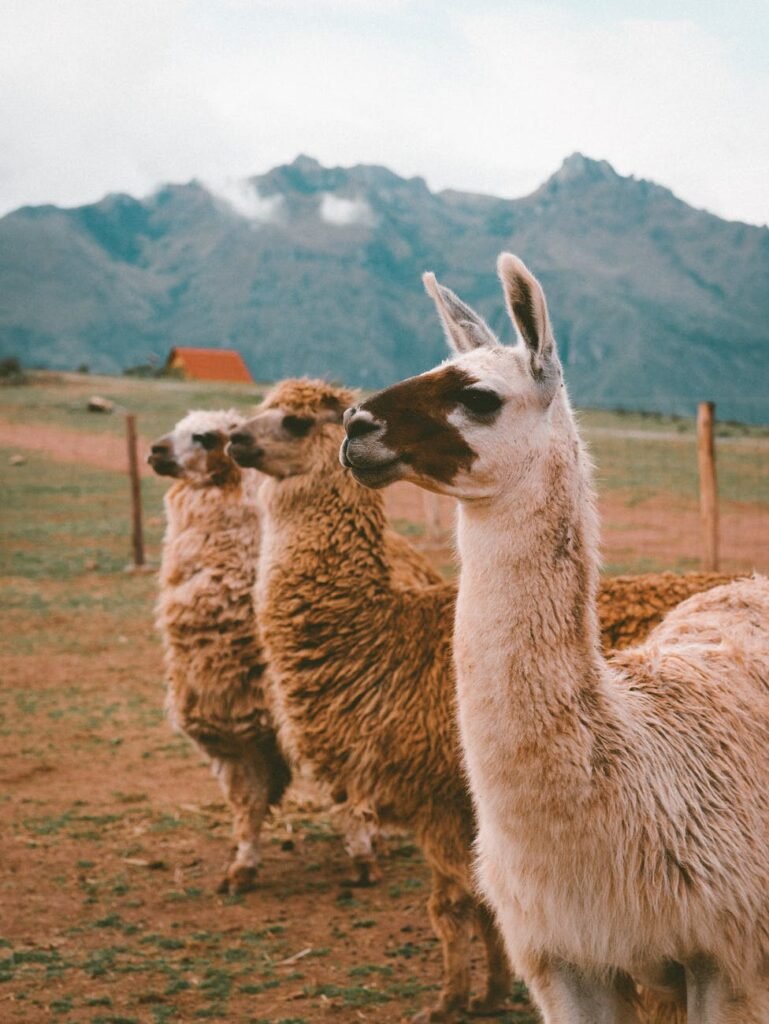
Social Cohesion and Hierarchy plays a crucial role in the everyday life of alpacas. They live in herds, following a definitive hierarchical system where an alpha male typically dominates. This group dynamic discourages migration since the system doesn’t allow for constant shuffling of members.
Daily Routine and Grazing Patterns are another vital aspect of alpaca behavior. Alpacas are indeed crepuscular, most active during dawn and dusk. They spend their day grazing, resting, and socializing within their herds. They’ve evolved to extract maximum nutrition from their staple diet, grass, reducing the need to travel great distances for food.
When an animal migrates, there’s typically a change in their eating habits or daily routines. But with alpacas, there’s no such variability, which punctually questions the notion of them being migratory.
Additionally, there’s an interesting behavior unique to alpacas – communal dung piles. Alpacas use specific sites for dung piling. This behavior not only minimizes the spread of internal parasites and disease but also signifies territorial marking. This mannerism further hints towards their non-migratory nature as constant commuting would interfere with these pile sites.
However, with the increased Human Interference, due to domestication and rearing for commercial purposes, alpacas have become widely distributed around the world, from North America to Australia. It’s important to differentiate this human-induced spread from natural, instinctual migration which is the point of our discussion.
So far, the compiled facts about alpaca lifestyle and behaviors quite convincingly lean towards them being non-migratory. We’ll continue delving into this topic as we further discuss the influence of climate and breeding patterns on alpaca migration habits in the following sections.
The Migratory Patterns of Wild Animals
Understanding the migratory patterns of wild animals provides valuable insight when considering if alpacas migrate. Migration is fundamentally driven by a quest for better resources, primarily food and breeding conditions. The specific patterns can drastically vary among species.
The behavior of migrating species emerges from complex ecological and evolutionary dynamics. It’s often a survival strategy that evolves over thousands of years, molded by pressing environmental factors. Terrain, climate, predators, food sources, and breeding necessities shape migratory behaviors. Animals may traverse vast distances, either on a seasonal basis or at specific life stages.
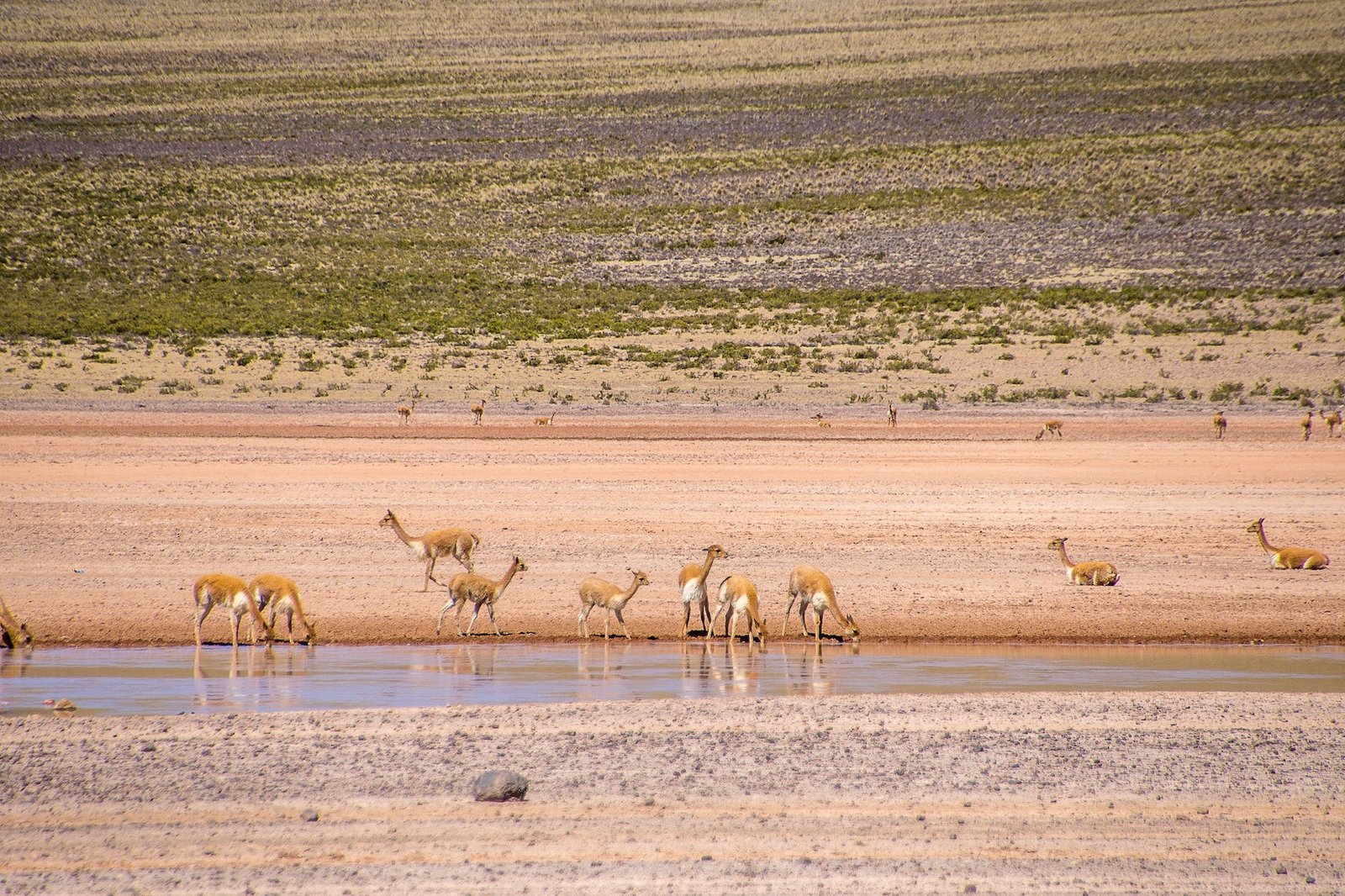
Yet, not all animals migrate. Those well-adapted to their habitats, with sufficient resources and relatively constant conditions, have lesser impetus to migrate. In such cases, animals including alpacas mostly rely on local adaptations.
Birds such as the Arctic tern illustrate long-distance migration, covering approximately 25,000 miles from the Arctic to the Antarctic each year. On the other hand, the Serengeti’s blue wildebeest presents a classic example of land migrations with its yearly circular trek.
It’s fascinating to point out that migration isn’t merely about survival, but interspecies dynamics too. For instance, delicate ecosystems like the African savanna have evolved around migrations. Predators time their breeding cycle to coincide with the arrival of migratory herds.

Shifting the lens back to the alpaca’s Andean habitat, it’s crucial to note that the harsh, mountainous environment forms a robust context. Various species, in their unique ways, manage to flourish here. Next, we’ll dip into the climate’s role and the breeding patterns which could potentially influence alpaca behavior.
Do Alpacas Migrate?
A significant question about alpaca behavior is whether they follow a pattern of migration. To answer this, we need to understand the primary factors that drive animal migration: changes in climate, scarcity of resources, and breeding patterns. I’ll provide insight into these aspects as related to the alpacas’ lifestyle.
Alpacas are native to the Andean regions of South America. This habitat is characteristically rugged and severe with a climate that varies dramatically from snowy winters to temperate summer months. To survive these harsh conditions, alpacas have adapted perfectly to their surrounding environment rather than resorting to long-distance migration. They can withstand temperature fluctuations thanks to their thick woolly coats that keep them warm during cold months and adequately insulated during warmer periods.
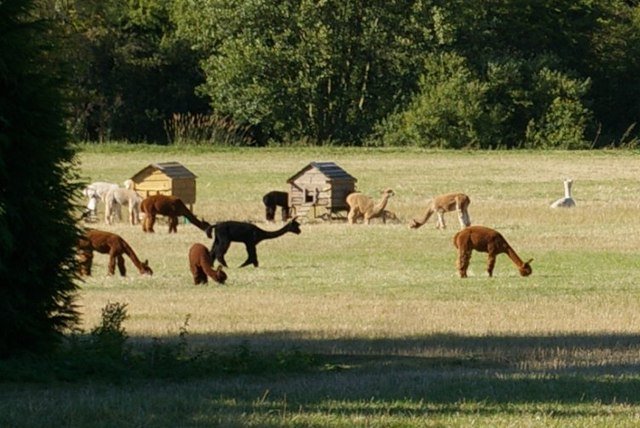
Resource abundance is another factor in migratory decisions for many species. Alpacas are browsers by nature, meaning they can feed on a variety of plants, shrubs, and trees. In the altitudes where they live, their diet primarily comprises grasses, mosses, lichens, and few shrubs available throughout the year. There’s little reason for the alpacas to venture into unknown territories in search of food since their dietary needs can be consistently met in their homelands.
Breeding, of course, also plays a role in the migratory behavior of various species. Alpacas, however, not known to travel long distances for breeding purposes. They breed year-round and there’s no specific mating season which needs them to move locations drastically.
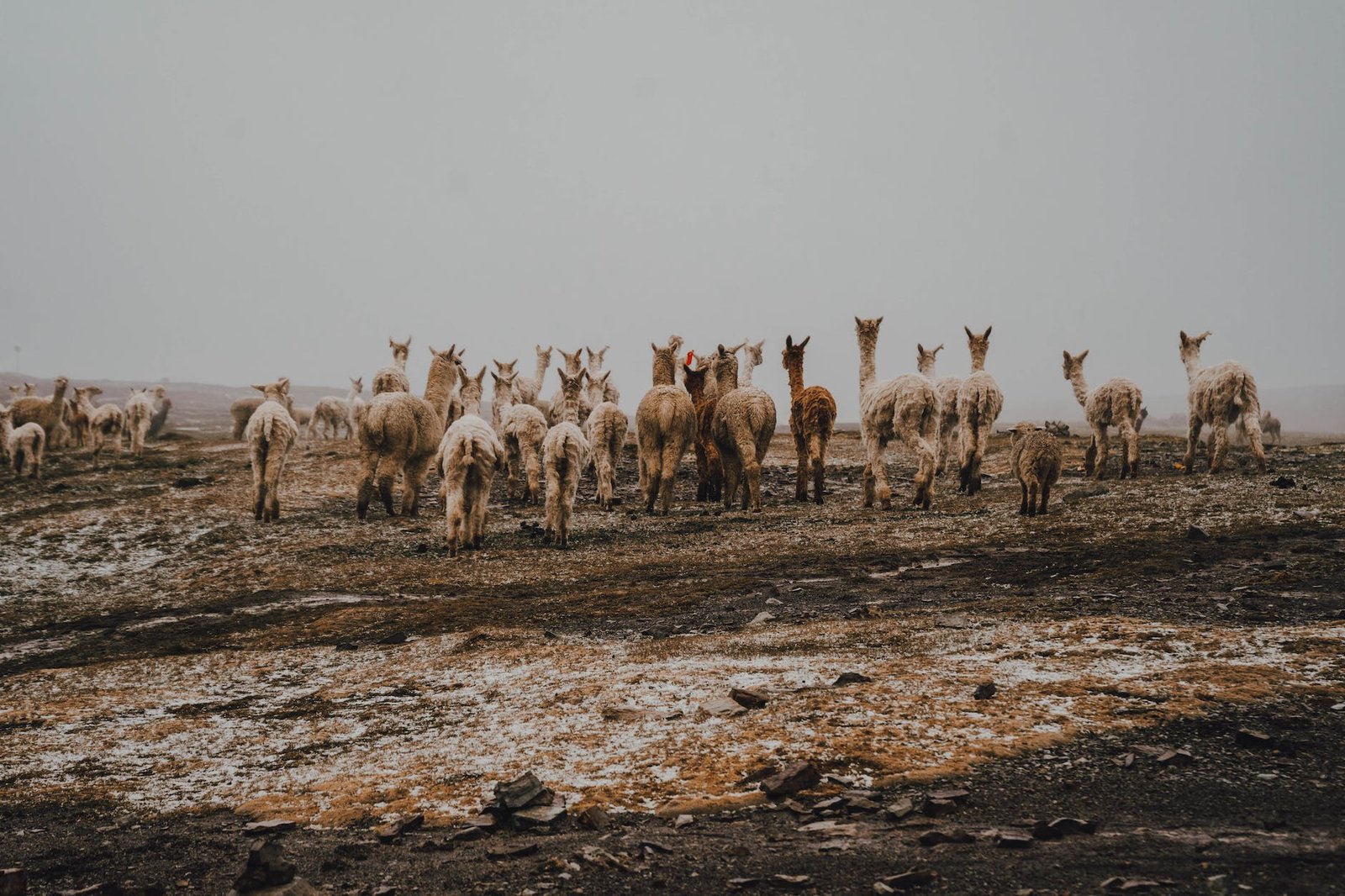
Regardless of the weather or time of year, alpacas reliably maintain their place in the Andean landscape. They stand as symbols of resilience and adaptation in an environment that could undoubtedly pose more challenging to species not equipped to withstand such severity. Alpacas serve as a fantastic exemplar of how life flourishes in even the direst conditions, not by running from the harsh realities, but by bracing against them and finding ways to thrive with what’s available at hand.




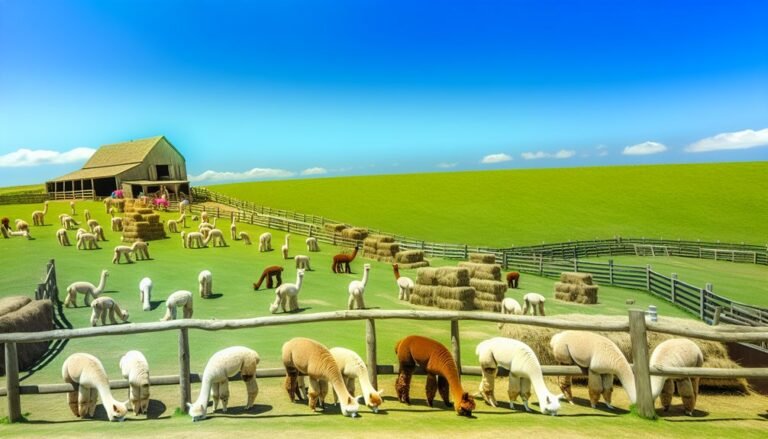
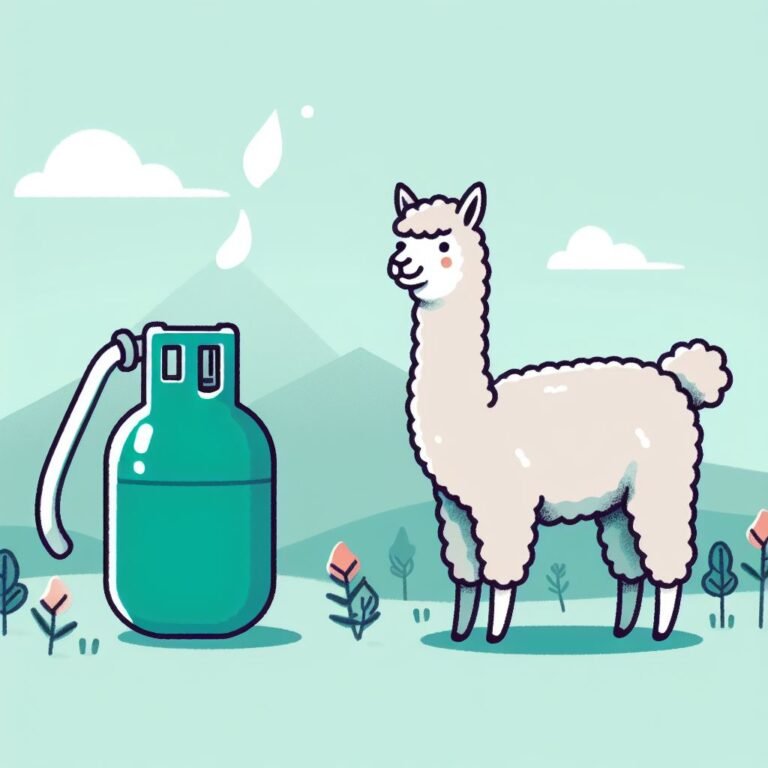


Our picks
Alpaca & Wool Felted Sole Inserts: Comfy Upgrade?
Best Alpaca Socks for Hiking: Ultimate Comfort and Durability on Trails
Best Alpaca Halter for Comfort and Control